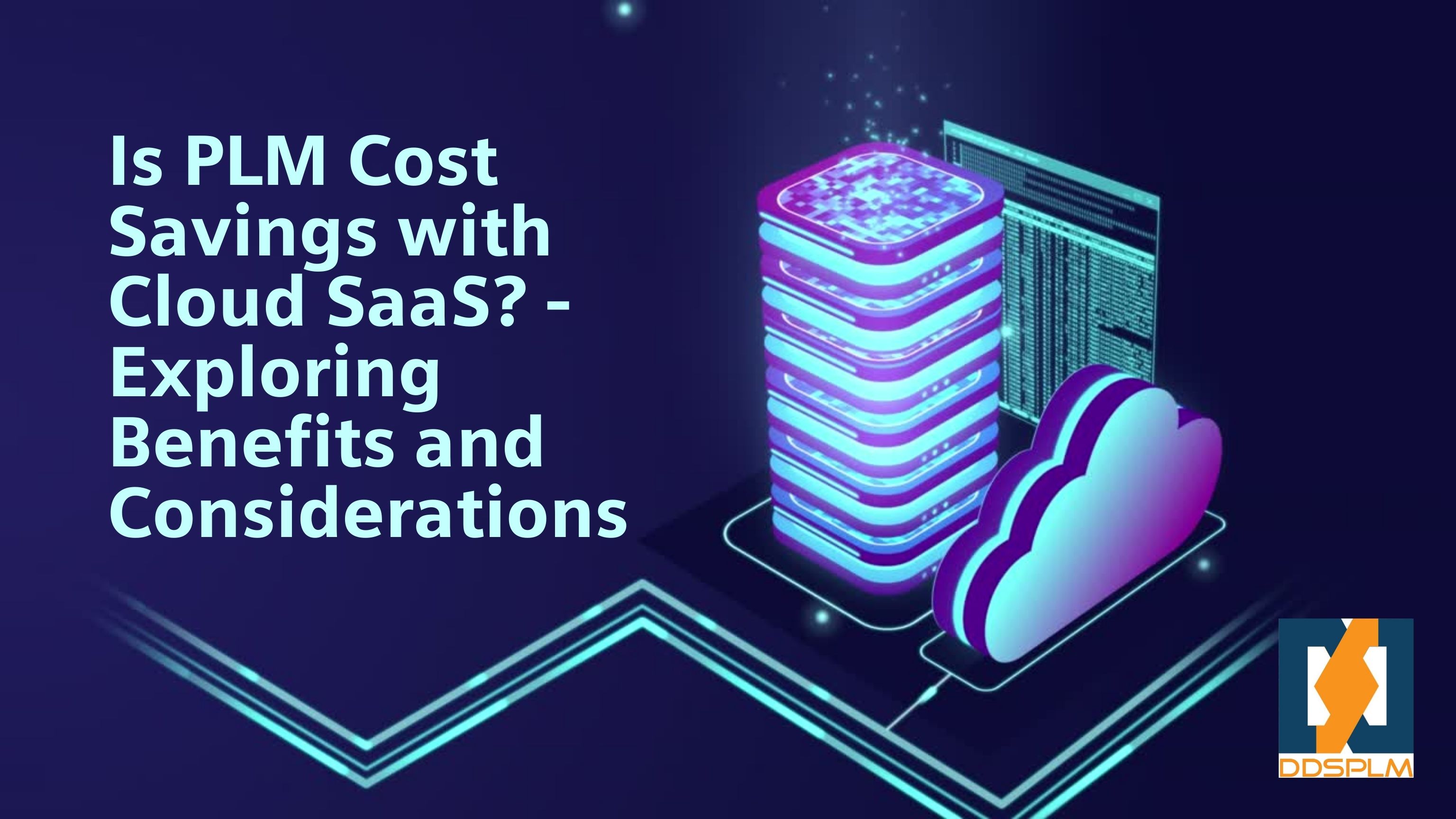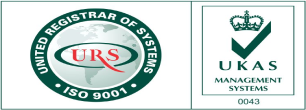
Businesses in a variety of industries rely on Product Lifecycle Management (PLM) as a crucial framework to manage a product’s complete lifecycle, from conception to design, manufacture, servicing, and disposal. PLM systems were often installed on-premises, necessitating large initial hardware, software, and maintenance expenditure expenditures. But with the rise of Software-as-a-Service (SaaS) models and cloud computing, there’s been an increasing curiosity in whether cloud-based PLM might save money. Let’s explore this subject more to learn about the possible advantages and things to think about.
Understanding Cloud SaaS for PLM
Recognizing SaaS in the Cloud for PLM Cloud SaaS PLM solutions are distinct from conventional on-premises systems in a number of important aspects:
- Subscription Model: SaaS PLM is typically offered on a subscription basis, where users pay a recurring fee (monthly or annually) to access the software via the cloud. This eliminates the need for large upfront capital expenditures (CapEx) and allows businesses to budget more predictably.
- Scalability and Flexibility: Cloud-based PLM solutions offer scalability, allowing businesses to scale up or down their usage based on current needs. This flexibility is particularly advantageous for companies experiencing fluctuating demand or those undergoing rapid growth.
- Reduced IT Overhead: Maintaining on-premises PLM systems requires dedicated IT resources for managing hardware, software updates, backups, and security. Cloud SaaS PLM providers handle these responsibilities, reducing the burden on internal IT teams and potentially lowering operational costs.
- Accessibility and Collaboration: Cloud-based PLM enables real-time access to product data and collaboration tools from anywhere with an internet connection. This enhances teamwork, accelerates decision-making processes, and facilitates seamless communication among geographically dispersed teams.
Potential Cost Savings with Cloud SaaS PLM
Implementing PLM in the cloud can lead to several potential cost savings:
- Lower Initial Investment: By eliminating the need for upfront hardware purchases and software licenses, businesses can redirect capital towards other strategic initiatives.
- Reduced IT Infrastructure Costs: Cloud SaaS PLM eliminates the costs associated with maintaining and upgrading on-premises servers, storage systems, and network infrastructure.
- Predictable Costs: Subscription-based pricing models provide predictable costs that are easier to budget for, compared to the variable costs associated with maintaining on-premises systems.
- Faster Deployment and Time-to-Value: Cloud SaaS PLM solutions typically have faster deployment times compared to traditional implementations. This can accelerate time-to-value, allowing businesses to start realizing benefits sooner.
- Improved Efficiency and Productivity: Enhanced collaboration capabilities and streamlined workflows in cloud-based PLM systems can lead to improved efficiency and productivity gains across the product development lifecycle.
Considerations and Challenges
While the cost-saving potential of cloud SaaS PLM is compelling, businesses should consider the following factors:
- Data Security and Compliance: Entrusting sensitive product data to a third-party cloud provider requires robust security measures and compliance with industry regulations.
- Integration Complexity: Integrating cloud PLM with existing enterprise systems and workflows can pose challenges, requiring careful planning and possibly additional investment in integration tools or services.
- Vendor Lock-in: Switching between cloud PLM providers or migrating back to on-premises solutions may involve complexities and costs, particularly if data formats and structures differ.
- Total Cost of Ownership (TCO): While cloud SaaS PLM can reduce upfront costs, businesses should evaluate the long-term TCO, considering factors such as subscription fees, customization needs, and ongoing support requirements.
Conclusion
In conclusion, adopting PLM in the cloud through a SaaS model offers significant potential for cost savings and operational efficiencies. By shifting from traditional on-premises deployments to cloud-based solutions, businesses can benefit from lower upfront costs, reduced IT overhead, enhanced scalability, and improved collaboration capabilities. However, careful consideration of security, integration challenges, and long-term TCO implications is essential to maximize the benefits of cloud SaaS PLM while mitigating risks. Ultimately, the decision to embrace cloud SaaS PLM should align with an organization’s strategic goals, operational needs, and readiness to adapt to a cloud-centric IT landscape.


